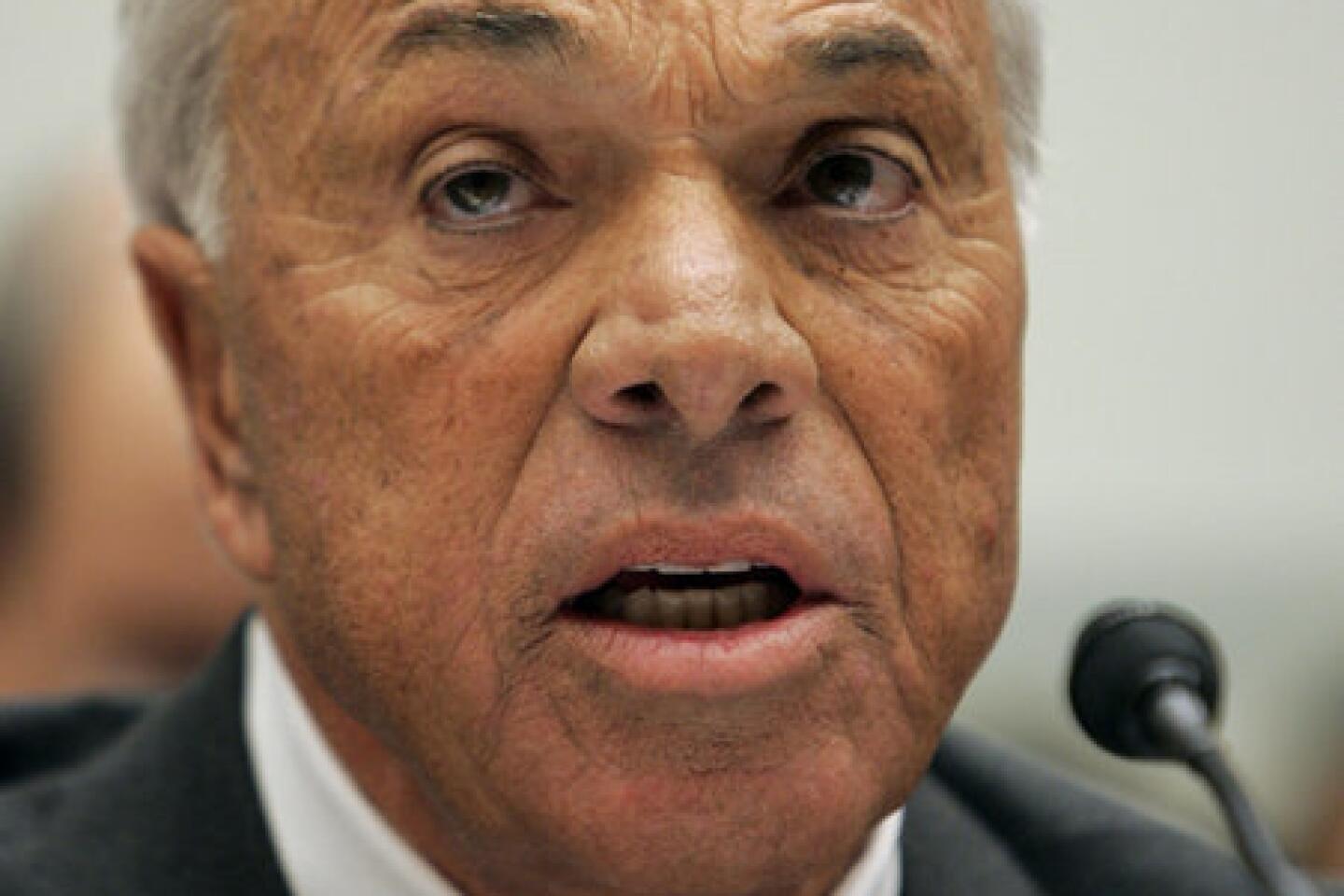A lexicon of the financial crisis and its aftermath
The 2008 financial crisis and its aftermath introduced Americans to a new world of financial jargon and acronyms.
A sampling:
•Subprime: That was the banking industry’s designation for mortgages made to borrowers with shaky credit. As the housing market boomed in the 2000s, lenders were willing to make increasingly risky mortgages and then sell them to Wall Street.
Soaring defaults on billions of dollars in subprime loans were an underlying cause of the financial crisis.
•Contained: A word used repeatedly by Federal Reserve Chairman Ben S. Bernanke and other officials to describe the housing and mortgage crises in their early stages — as in, the damage would be “contained” to only a few states or a handful of lenders.
It was wishful thinking.
•TBTF: Too big to fail is the idea that a financial institution or other corporate entity is so large, its collapse could threaten the entire financial system or economy.
The term is said to have been popularized by Rep. Stewart McKinney in 1984 during a Capitol Hill hearing on the government’s rescue of giant bank Continental Illinois. But it became an indelible part of the American lexicon with the 2008 crisis, as the government stepped in to save not only the biggest U.S. banks but also AIG Corp., General Motors and Chrysler.
•TARP: The Troubled Asset Relief Program was conceived in September 2008 as a Treasury fund that would buy distressed assets such as bad mortgages from banks, with the hope of halting the meltdown of those assets. Congress authorized $700 billion for the fund.
But TARP’s mission was almost immediately shifted to making capital investments in banks to bolster their net worth. The goal was to give banks more wherewithal to lend money in a credit-starved economy. Congress later capped TARP at $475 billion. Most of the aid has since been paid back, but debate still rages as to whether the program made things better or worse.
•ZIRP: Zero-interest-rate policy. That’s what you have when central banks reduce their benchmark short-term rate to zero or just above it, and therefore lose the biggest tool they normally have to boost the economy — cutting rates further.
The Bank of Japan was the first to go to ZIRP in 1999. The Fed followed in late 2008. The European Central Bank so far has resisted going all the way; its key rate currently is 0.50%.
•QE: Quantitative easing is what central banks resort to once their usual tools of economic stimulus are exhausted. Under QE, a bank creates money from thin air to buy assets such as bonds from banks and other investors. The goal is to shovel money into the economy to make credit more available and cheaper, such as by pushing bond interest rates lower.
The Fed adopted its first QE program in November 2008, then followed that with another round beginning in November 2010. A third round began in September 2012 and was expanded three months later. All told the Fed has purchased about $2.5 trillion in bonds since late 2008.
•The 99%: This slogan was adopted by the populist Occupy movement that began in September 2011. It was derived from the criticism of a concentration of wealth among the top 1% of income earners.











